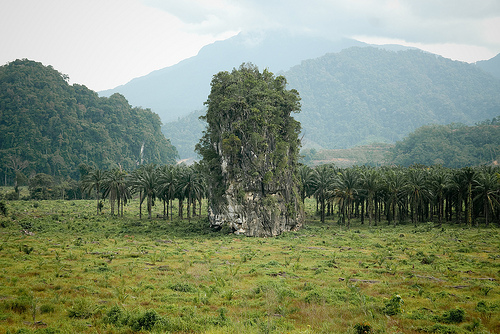QUESTION
Is Malaria an issue in Myanmar where I am going in June?
ANSWER from Malaria.com Editor
YES. Malaria is a risk in all rural areas of the country below 1,000 meters of altitude (anything below 3300 feet). Rangoon/Yangon and Mandalay do not have malaria.
You should take medication to prevent malaria (prophylaxis) throughout your stay, and also protect yourself from getting bitten by mosquitoes if you are travelling to risk areas for malaria. Personal protection measures including sleeping under an insecticide treated bednet, wearing insect repellent and wearing long-sleeved clothing, especially in the evenings, early morning and throughout the night, which is when the mosquitoes that transmit malaria are active and feeding.
Myanmar/Burma is known to have strains of malaria which are resistant to certain medications; specifically, chloroquine resistance is widespread, while some areas in addition have malaria which is resistant to mefloquine (sold as Lariam). As such, the CDC recommends atovaquone-proguanil (sold as Malarone) or doxycycline if you will be travelling in the provinces of Bago, Kachin, Kayah, Kayin, Shan, and Tanintharyi. In all other areas of the country, mefloquine should also be considered as an option.
Answer from Malaria.com medical advisor
For anyone planning a trip abroad its important to know the health risks in your destination. Malaria is an especially important concern for anyone traveling to tropical or subtropical regions. Here’s what I found on the CDC Travelers’ Health website. I find this is the best place to look for this information.
- Areas of Burma with Malaria: Rural areas throughout the country at altitudes
- If you will be visiting an area of Burma with malaria, you will need to discuss with your doctor the best ways for you to avoid getting sick with malaria. Ways to prevent malaria include the following:
- Taking a prescription antimalarial drug.
- Using insect repellent and wearing long pants and sleeves to prevent mosquito bites. Sleeping in air-conditioned or well-screened rooms or using bednets.
- Some areas of Burma have resistance to certain antimalarial drugs.
See the malaria information for Burma to find out which antimalarial drug is appropriate for the area you plan to visit in Burma.
